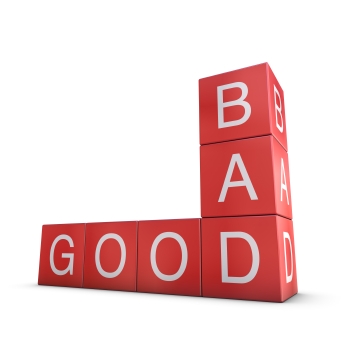Here’s how it works.
If I make an outrageous prediction or label a prediction outrageous and I am wrong, I respond to criticism like this:
“Well, I said it was an outrageous prediction.”
This discounts my responsibility for being wrong to some degree. But if I am right, I will say,
“look how brilliant I am. I made an outrageous prediction and it was dead on.”
Outrageous predictions are used to manage impressions. One defers responsibility if wrong and gloats incessantly if right.
It is a manipulative gambit.
People, who make outrageous predictions know exactly what they are doing. Their potential reward is much bigger than the risk they are taking of being publicly laughed at. Many people have made a career by being right once about a major event that nobody expected (usually a big market correction).
Predicting and speculating have a lot in common, but they are also very different. By definition, predictions are about dealing with factors, you have no control over. When you speculate in the stock market, you also don’t have control over which one of your trades will be profitable and for the most part how profitable it will be. You could improve the odds, but you can’t impact the outcome of each individual trade. When you speculate, you put your own money at risk. You could be right for the wrong reasons and make money (lucky). You could also be wrong despite having an edge and still lose money (no approach has 100% success rate). Since you have very little control on some of the variables that impact your results, it doesn’t really make sense to speculate about only one outcome, because in this case you are getting prepared for only one outcome. The solution – You develop several different scenarios and you prepare for each of them.
A) You could be wrong
- where is your stop loss?
- How much of your capital are you going to risk?
B) You could be right (more…)




 Trading has to do a lot with yourself. Trading is not about the market.
Trading has to do a lot with yourself. Trading is not about the market.

